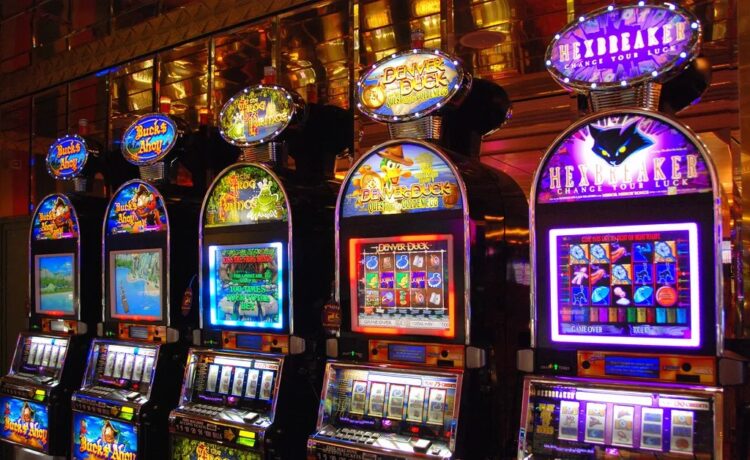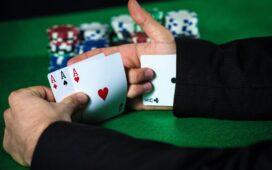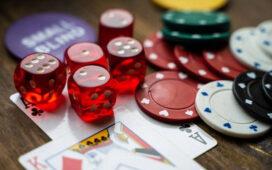Slot machines have long captivated casino-goers, drawing in players with their flashing lights, catchy jingles, and the ever-tempting promise of a big win. But what lies beneath the surface of these spinning reels? The answer is a carefully crafted blend of psychology and design, engineered to keep players coming back for more. Let’s delve into the science behind slot game addiction and how understanding these mechanics can help foster responsible gaming.
The Allure of the Near-Miss
One of the most powerful psychological triggers in slot games is the near-miss. This occurs when the symbols on the reels stop just short of a winning combination—for example, two jackpot symbols align perfectly while the third just narrowly misses. To the human brain, a near-miss feels eerily similar to an actual win, activating reward-related neural pathways. This creates a false sense of progress and encourages players to keep spinning in hopes of finally hitting the jackpot.
Lights, Sounds, and Sensory Overload
Slot machines are designed to be immersive. Bright, pulsating lights and upbeat music create a sensory-rich environment that stimulates excitement. Every win, no matter how small, is often accompanied by celebratory visuals and triumphant sound effects. These cues reinforce the behaviour, making it more likely that players will continue to play.
Interestingly, studies have shown that even losses disguised as wins—where the machine celebrates a payout that is less than the player’s original bet—can still trigger dopamine responses. This keeps the experience positive even when the player is actually losing money.
Variable Reward Cycles
Another critical element in slot game design is the use of variable reinforcement schedules. Unlike predictable reward patterns, variable rewards offer payouts at irregular intervals. This randomness mirrors the psychological principle behind gambling addiction: the uncertainty of reward keeps players engaged, much like rats pressing a lever in Skinner’s experiments, hoping for the next treat.
In slot machines, players never know when the next win will come, and the possibility that it could happen on the next spin fuels continued play. This unpredictability is highly engaging and can easily lead to extended sessions.
The Digital Evolution of Slots
With the rise of online gaming platforms, the accessibility of slot games has skyrocketed. New online slots combine traditional mechanics with advanced graphics, interactive features, and personalized gameplay. These innovations make the experience even more engaging, but also increase the risk of compulsive behaviour if players are not careful.
The Importance of Responsible Gaming
Understanding the psychological mechanisms behind slot game addiction is crucial for promoting responsible play. Setting time and spending limits, taking regular breaks, and recognizing the signs of compulsive behaviour are essential practices for any player.
Casinos and game developers are increasingly incorporating responsible gaming tools, such as self-exclusion options and session reminders, to help players maintain control. Being aware of how slot games are designed can empower players to enjoy the entertainment without falling into unhealthy patterns.
Final Thoughts
Slot games are a fascinating intersection of psychology, design, and entertainment. Their addictive nature isn’t accidental; it’s the result of decades of research into human behaviour and reward systems. But with awareness and self-discipline, players can navigate these flashy machines wisely and responsibly. The next time you hear the jingle of a win or see a near-miss on the reels, you’ll know exactly what’s happening behind the scenes—and that knowledge is power.







